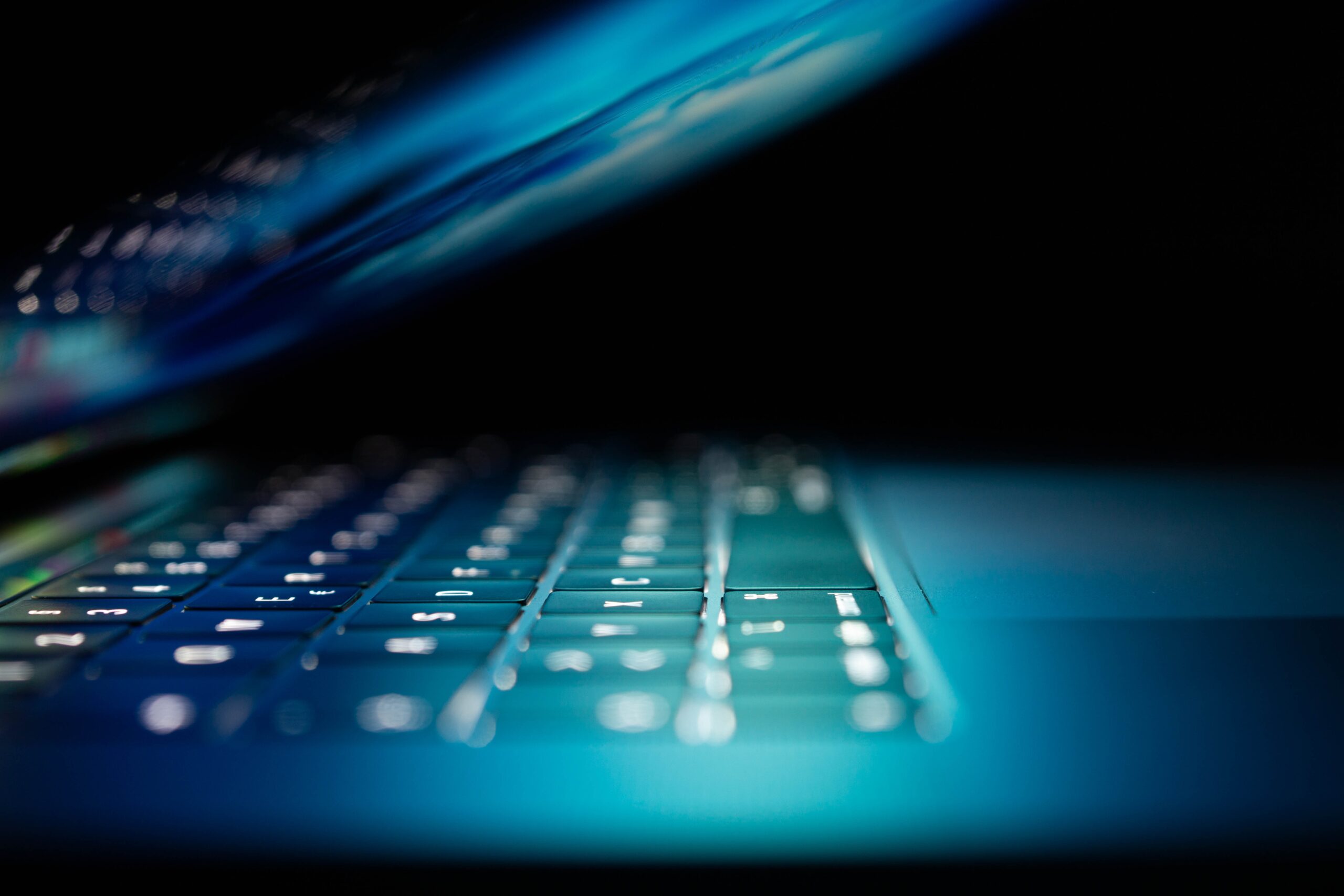
Trust is the genesis of democracy and our beliefs as they relate to society, culture, politics, economies and now, technologies. The conditions upon which we trust people, institutions, systems and technologies have profoundly shifted away from hierarchical based models whereby trust is concentrated in the hands of few institutions (which we have lost faith in), in favour of democratised based models that distribute trust technologically, securely among communities at global scale, with real-time speed and with symmetrical impact. This new model is what I describe as the “renewable trust energy” fuelling our digital world through emerging technologies that are intertwined in the way we will live, work and play this coming decade. Here’s why.
Institutional trust wasn’t designed for the digital age
According to Rachel Botsman, a recognised thought-leader on the topic of trust, argues that institutional trust, taken on faith, kept in the hands of a few and operating behind closed doors, wasn’t designed for the digital age. Botsman is right. That model lacks transparency, creates transactional latency and is unfit for the 21st century and treated independently to risk. It is misaligned with our technological dependency and outdated for our cultural norms, with personalisation that now empowers us through our technology. Botsman proposes that we need to shift to a more contemporary model. Her point is that despite the failings of the existing trust model in its current form, it is not destroyed, but rather needs to adapt and change form to fit with our digital society.
In my new Australian-first book Australia 2030! Where the bloody hell are we?, I make the case that the time for this transition is now as it is the critical enabler to Australia’s social, economic, political and technological future over the next decade. The tipping point I’ve predicted is when we see corporate audits, compliance and governance performed by artificial intelligence on distributed ledger technologies and processed by quantum computers. Three major technologies fuelling the 4th Industrial Revolution.
What will trust look like in the 4th Industrial Revolution?
How might those trust-enhancing technologies and risk management collectively impact industries, supply chains, organisations? In short, many of the services and indeed some service providers will become automated and replaced by what’s referred to as “decentralised autonomous organisations” (DAO). This new DAO model is a network that is predictive, self-learning, self-provisioning and self-adapting to their ecosystems intelligently, autonomously and in a decentralised manner. Essentially, this means they run themselves. They are able to operate autonomously due to the clever use of mechanisms that align economic incentives (e.g., distribute risks/rewards) using software.
The network is structured and incentivised to operate without the use of traditional trust models, third parties or centralised powers. For example, supply chains require finance, risk management, logistics, governance, compliance and other functions which become “programmed” into software. The underlying distributed ledger technology restructures value chains by disintermediating (removing non value adding intermediaries), disaggregating (separating processes into components eliminating human involvement) and dematerialising (shifting from physical to digital form).
The rise of real-time trust
The disruptive impact of a DAO is contained within a property that is often overlooked. That is, it operates in real time. For example, “DOA based audits” would no longer become a point in time retrospectively analysed (e.g., auditing last year’s accounts). Audits would occur continuously, in real-time and on demand. There is significant interest in this model in various areas of government as a primary regulatory innovation. If a regulator knows as soon as there is variation then we can potentially do away with the whole cycle of “record, audit, retrospective fine (and often protracted litigation)” to a mode where regulators intervene with corrective action as soon as variation occurs.
Imagine the disruptive impact that would have on the legal, accounting and professional services across regulated markets such as financial services, healthcare, energy, telecommunications etc. Importantly, imagine the transformative impact this could have on the 1st, 2nd and 3rd lines of defence in risk management that we have today disrupting our traditional models of risk.
Are we ready for this disruptive change? The Australia 2030 Research© confirmed that we are with an overwhelming 60 percent of CEOs and Board Directors believing that we will trust technology more than today’s institutions over the coming decade. Interestingly, that finding skyrocketed to 90 per cent for those respondents in March 2020 (during the eye of the COVID-19 storm) suggesting that we are looking for technological remediations to the erosion of trust, particularly in times of crisis.
By Rocky Scopelliti – Futurologist & Author: Rocky Scopelliti is a world-renowned futurologist, media commentator, international keynote speaker, thought leader and author of internationally recognised research and whose advice on strategy is sought after by boards and leadership teams, including Fortune 100 corporations.His pioneering research on the confluence of demographic change and digital technology, have influenced the way we think about our social, cultural, economic and technological future. As a media commentator, his unique insights have featured on SKY Business News, The AFR, ABC Radio National, The Economist, Forbes and Bloomberg.
About the book Australia 2030: Where the bloody hell are we? This Australian-first book is based on a ground-breaking study of over 673 Australian professionals including 170 CEO’s and Board Directors’ and their attitudes towards the decade ahead – the study was conducted before and during the eye of the COVID-19 storm. Australia 2030 can be purchased from all major online retailers.
